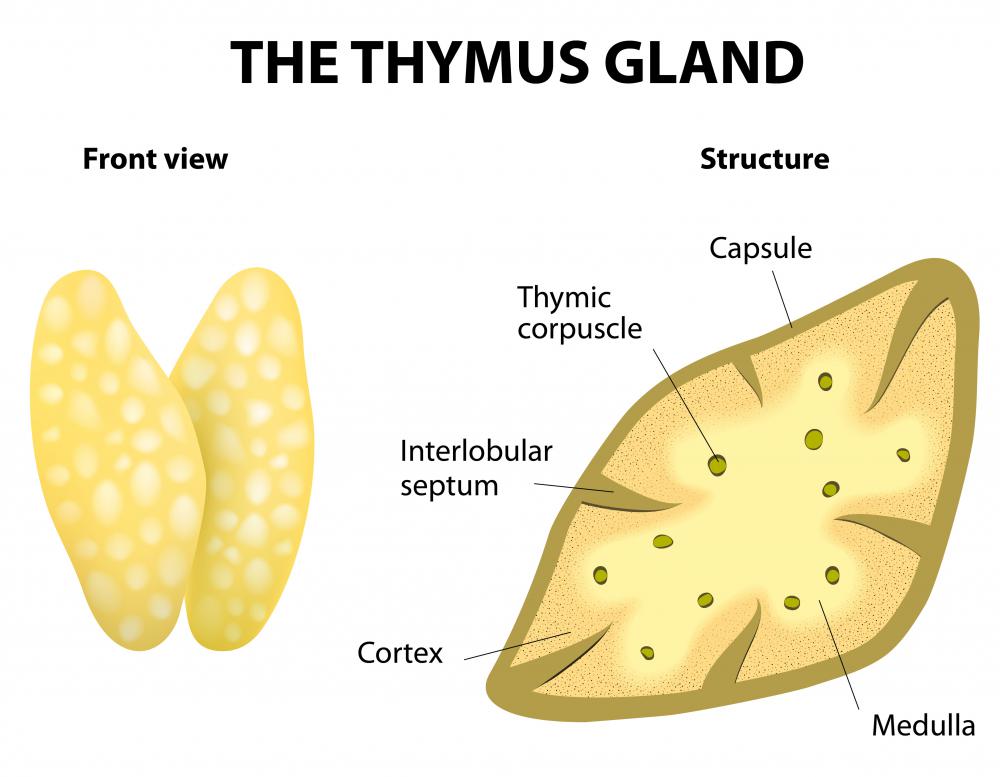At WiseGEEK, we're committed to delivering accurate, trustworthy information. Our expert-authored content is rigorously fact-checked and sourced from credible authorities. Discover how we uphold the highest standards in providing you with reliable knowledge.
What Is a Ryanodine Receptor?
A ryanodine receptor forms a pathway within a biological cell through which calcium ions can pass. It is found in the sarcoplasmic reticulum in skeletal muscle cells. Calcium is stored within this structure and remains there while the muscles are in a resting state. The contraction of muscle fibers and tissues are controlled by the release of calcium, which is dispersed through the receptor when needed to induce muscle contraction. Genetic mutations of the ryanodine receptor can lead to serious conditions and diseases.
Four molecular building blocks called monomers combine in a sequence to form a ryanodine receptor. Also incorporated is a terminal that supports the binding of proteins that control the opening and closing of the receptor pore. A protein called calstabin2 keeps the channel stable when it is closed. The pore segment of the receptor functions as a filter to channel the calcium ions across a membrane.

The steady flow of calcium ions allows muscles to contract and function properly. The calcium release channels of the ryanodine receptor have terminals that protrude into the cellular cytoplasm. Various other sub-cellular structures also help to support the transport of calcium. A range of cellular functions, such as excitation-contraction coupling, which occurs in skeletal and cardiac muscle, are regulated by calcium channels. Processes that guide electrical signals within the nervous system are also regulated this way.

Regulated by the ryanodine receptor 1 gene, the receptor is crucial for muscle movement and overall mobility. It is also found in smooth muscle, within the brain, in the adrenal gland, and in reproductive organs. There are also some quantities of the ryanodine receptor in the stomach, lungs, thymus, and diaphragm. Mutations of the receptor gene can cause a lack of calcium flow, which can interfere with how muscles contract. The leaking of calcium channels can deplete the amount of ions in the cell, leading to a condition called central core disease.

A mutation in the ryanodine receptor gene can cause the protein to be too short. Muscle weakness then results in a condition known as congenital fiber-type disproportion. Another type of mutation distorts the shape of the calcium channel to make it difficult for muscles to contract, allowing the development of multiminicore disease. If too many calcium ions are released into the cell, malignant hyperthermia can result, leading to abnormal muscle contractions and rigidity, generation of heat, and overproduction of acid.
AS FEATURED ON:
AS FEATURED ON:













Discuss this Article
Post your comments